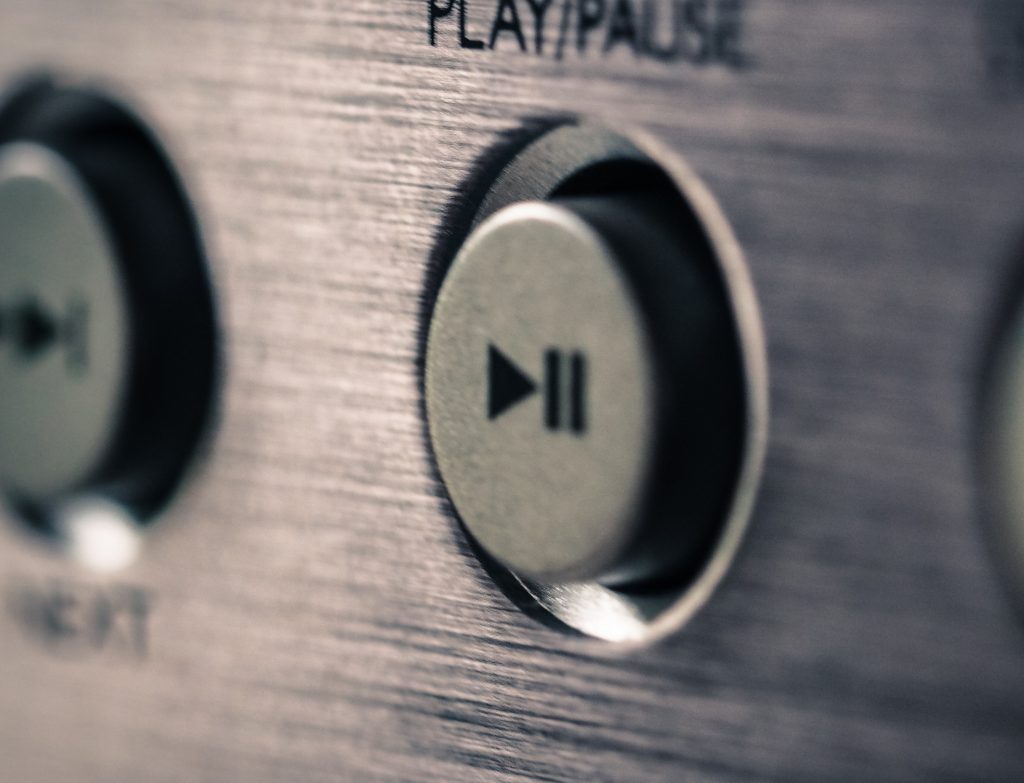A human’s life is full of symbols.
A red heart symbolizes love. A red octagon symbolizes the command to stop. A sideways triangle symbolizes the “play” function of a media device. But it’s not just combinations of colors and shapes that serve as symbols—we also have physical objects that are symbols: a wedding ring symbolizes a promise of fidelity; a college diploma symbolizes some degree of education; a stamp on your wrist symbolizes the fact that you’ve gained admission to the club. Then we have objects that function partly as symbols and partly in other ways: A designer handbag serves a practical purpose, but it can also symbolize wealth or high social status.
Actions can be symbols too—a handshake; a crowd’s applause; a military parade.
And finally, words themselves are symbols. A word is a sequence of letters that’s meant to point the reader to some thing or experience. And that thing or experience, in every one of these examples, is the substance—the piece of reality behind the symbol.
Why am I telling you this? Because so much of what I’ve learned in my post-college years of “life in the real world” can be framed under this one concept: The symbol is not the substance, and when we confuse the two, we create unnecessary complication, inefficiency, and hardship. In this series of posts I’m going to describe how we often mistake symbols for their substance, why we need symbols anyway, and how we can intelligently navigate and thrive in a world made of symbols.

A sideways triangle symbolizes the “play” function of a media device.
Series outline
All seven parts of the series are listed here:
- Part 1: Surrogation: Surrogation is a mistake we’re liable to make at any time, in which we confuse a symbol for its substance.
- Part 2: Responses to surrogation: You should stop committing surrogation whenever and wherever you notice it, but there’s more than one way to do this.
- Part 3: Surrogation of language: Words themselves are symbols, so surrogation poses unique problems in communication.
- Part 4: The need for symbols: Despite the pitfalls of symbol-based thinking and communication, we need symbols, because we could not function in everyday life dealing directly with the substance.
- Part 5: Language’s arbitrary influence: Our language (and through it, our culture) wields an arbitrary influence over the sets of symbols we use to think and communicate, and this can be a problem.
- Part 6: Degrees of understanding: There’s a 3-level model we can use to better understand how we and others are relating to the different symbols in our lives.
- Part 7: Cyclic symbols: Symbols that are easy to fake will see their meanings changed in predictable cycles, and this is easier to see through the lens of that 3-level model.
Note on subjectivity
You may have noticed already that some symbols in our world have ambiguous meanings. A military uniform symbolizes membership in the armed services. But it also symbolizes courage… or violence? Or a strong dedication to the defense of individual liberties? Or the chauvinism of an interventionist foreign policy? Who decides what the symbols mean? Each of us does, by noticing what things and experiences we tend to associate with each symbol, and by picking up similar associations from our peers.
Most often, it’s the latter. Neither you nor I decided that a metal ring should represent marital fidelity, or that a sideways triangle should mean “play,” or that the sequence of letters r-o-c-k should point to something hard, dense, and inorganic. We inherited those associations from our culture.
All cultures maintain vast sets of associations between symbols and substances. The more symbols two cultures (or two people) have in common, the more familiar they’ll seem to each other and the more easily they can communicate. Some associations are less established and can vary dramatically even among similar cultures. You can go to different subcultures within your own town and get different answers for what a military uniform represents; or a pentagram; or the act of drinking alcohol; or a swimsuit.
Yet most of the time we can still understand each other pretty well, and even people in very different cultures can learn to understand each other. The precise meaning of a military uniform might vary a lot, but nearly everyone will agree that its meaning includes “membership in the armed services.” In these posts, I’m going to use examples with those easy, general, “obvious” meanings, unless I specify otherwise. This series isn’t meant to establish what any symbol “really means”; it’s about understanding the ways we interact with symbols and their meanings.


Pingback: A world of symbols (Part 1): Surrogation - Patrick D. FarleyPatrick D. Farley
Pingback: A world of symbols (Part 3): Surrogation of language - Patrick D. FarleyPatrick D. Farley
Pingback: A world of symbols (Part 6): Degrees of understanding - Patrick D. FarleyPatrick D. Farley